Learn : Exercise & Enrichment
Exercise Tricks For Your Dog
Exercising a dog or puppy means more than just a daily walk, especially for working breeds, but also for those who prefer to be couch potatoes. When it comes to exercising dogs, the breed and size will have an impact on their willingness to engage in rigorous activity. For instance, a breed that has a high work drive will be much easier to exercise than a breed who is, historically, bred to be a lap dog. Of course, every dog is different, and these things also depend on their personalities as much as their breeds.
Why is exercising important for dogs and pups? Like humans, dogs need a balanced diet, proper nutrition, as well as physical activity to stay healthy and happy. Not only is exercise good for their physical condition, but it’s good for their mental health as well. Dogs that do not get enough exercise, regardless of their age, can quickly become frustrated and bored. When a dog gets the proper mental and physical stimulation, they are less likely to engage in destructive behavior, not to mention less likely to be part of the 56% of dogs in America who are considered overweight.
Physical Exercise for Your Dog
If a pet parent is unsure how much exercise is ideal for their dog's current health condition, consulting with a veterinarian for tips is a great place to start. After ruling out any health issues that might make exercising difficult, the next step is putting together an exercise routine that fits both the pet and the parent’s needs.
For larger dogs, like herding and working breeds, the general rule is 30 minutes of exercise each day, along with one to two hours of different, daily activities, such as hide and seek, fetch, or even canine sporting like flyball and agility training. While daily walks are a great start, most dogs need more exercise to achieve peak health and body condition. Pet parents should try to switch up the exercise that their dog gets so that he does not become bored, while still maintaining a routine for him to follow.
For physical exercise, pet parents will likely want to focus on exercises that allow them to stay mostly still, but allow their dog to run around and be active. Pets like dogs tend to have a lot more stamina than people do, so making sure you can keep up with your dogs exercise needs is important.
Hide and Seek
Depending on whether the dog is food or toy motivated, hide and seek is a great way to stretch your dog’s muscles and get them moving. It is perfect for indoor workouts. Hiding toys, bones, and treats throughout the house will get your dog seeking out the next fun surprise. If he is best motivated by praise, pet parents can even play hide and seek with the dog themselves, hiding in different parts of the house and calling for him to fetch them. Not only will this game stretch their muscles, but it will keep their brains active, too.
Fetch
Not all dogs are born with the motivation to play fetch. Thankfully though, pet parents can always teach a dog new tricks, even senior dogs. As long as you are able to pick the right toy to motivate them to play, any dog can learn to play fetch. Even if the dog is not motivated to bring it back, he will still benefit from the exercise and energy he expends for jogging after it. Whenever he does manage to bring it back, make sure you are ready with positive reinforcement and a small treat.
Sports
For some dogs, especially those working breeds, a game of fetch or brisk walk is not going to be enough. For these dogs, canine sports like agility training are a great avenue for exercise. Agility training involves courses with different obstacles, tunnels, jumps, and bridges for the dog to run through as fast as he can.
Flyball is a sport that toy motivated dogs will enjoy. The goal of flyball is for two dogs to race through an agility course to one end, release a tennis ball, and then race back to their parents with the ball. While many dog sports are done professionally and for competition, there are plenty of pet parents that use sports as a way to keep their dog exercised and happy. Exercise like flyball, agility training, or other dog sports are excellent ways to burn off extra calories and help your dog lose weight.
Mental Exercises for Your Dog
Even after a rigorous physical workout, dogs may still have extra energy to burn. This is where mental exercises come in. Mental exercise and stimulation is recommended for all dogs, even those with medical conditions that may restrict their ability to physically exercise. Dogs are intelligent companions and need a little bit of mental stimulation every day to keep them from getting bored. When a dog is mentally stimulated, he is happy, calm, and well-behaved.
Behavior Training
Every dog parent may want to do some basic behavior training with their dogs. Not only can behavior training make living with your dog more peaceful, but it also exercises their minds and keeps them mentally stimulated. For behavior training, most pet parents start out small: sit, stay and come. There is an entire world of training behaviors that a dog can learn beyond that.
Getting creative with new training behaviors will keep a dog engaged. When teaching new behaviors, it helps to reinforce established ones so that the dog does not become frustrated if he does not grasp the new one right away. For instance, when teaching a dog who knows how to ‘sit and stay’ to ‘shake’, have him perform the already learned behaviors every now and then. He will be able to succeed in the learned behavior and give him positive reinforcement despite not having mastered the new behavior.
Pet parents should not be afraid to think outside the box. In order to get the most out of behavior training, pet parents should make sure that they can make it applicable to their dog’s everyday life. Parents can teach their dog to fetch his own leash for walks or teach him where to sit and wait for dinner time. For more practical uses, pet parents can even try teaching their dog behaviors like bringing blankets, pill bottles, or items from the fridge. The training should not stop once the dog has mastered a behavior since there is always more to teach him.
Puzzles and Games
Dogs, especially working and herding breeds, have an amazing capacity for problem-solving. To keep a dog’s mind stimulated and fully engaged, even when you are gone for the afternoon, puzzle games are a great solution. Most puzzle games involve a contraption that a dog must move with his paws or nose in order for a treat or piece of pet food to be released.
This could be a ball with small holes that release a few pieces of food at a time or a puzzle with interlocking and mobile slots that the dog must move with his nose. These are only just two examples, of course, and the list of dog puzzles is endless. If you choose to feed using a puzzle game, it is important to put the correct dog food portion in the puzzles and toys. Be sure to keep an eye out that your dog is finishing the pet food in the puzzle, and to help him out if he is not getting his full meal.
Exercise is more than just taking your dog on a brisk walk twice a day. While walking is certainly important, many breeds of dogs thrive when they have brisk, rigorous exercise with both their bodies and minds.



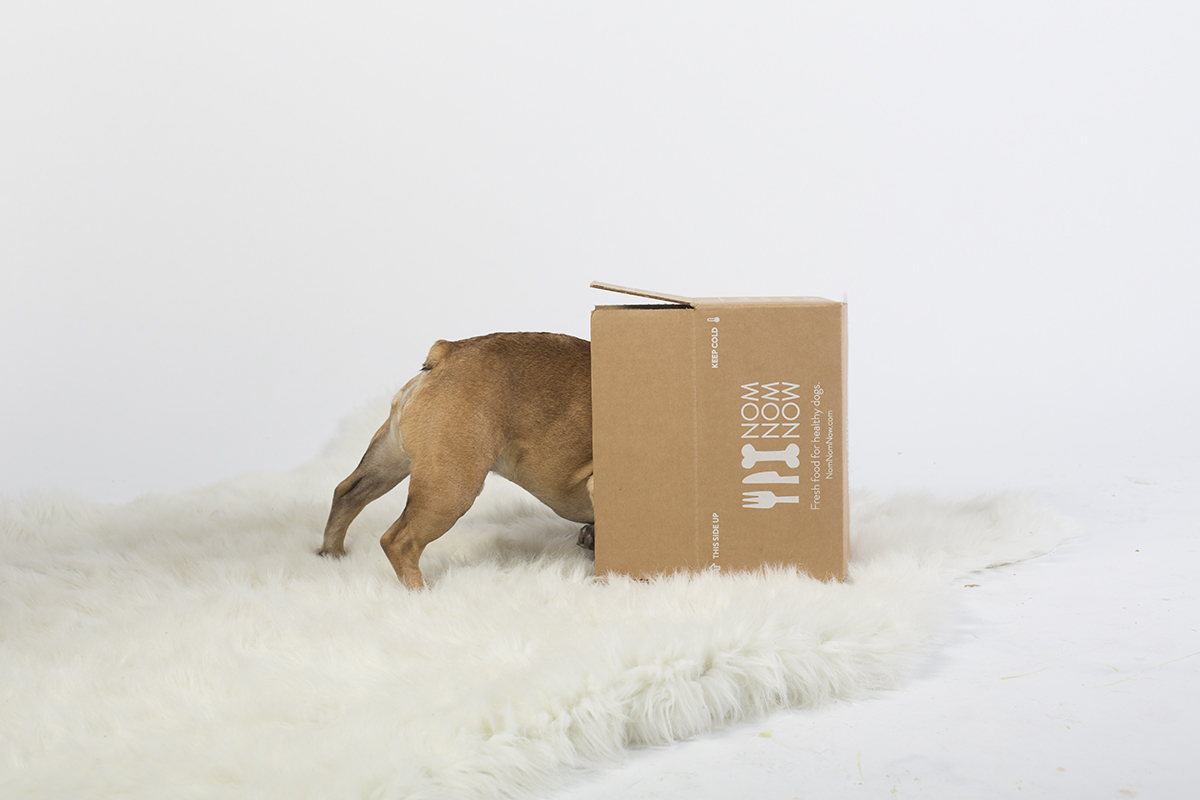 Dog Is A Picky Eater
Dog Is A Picky Eater
 Why Is My Dog Refusing Dinner?
Why Is My Dog Refusing Dinner?
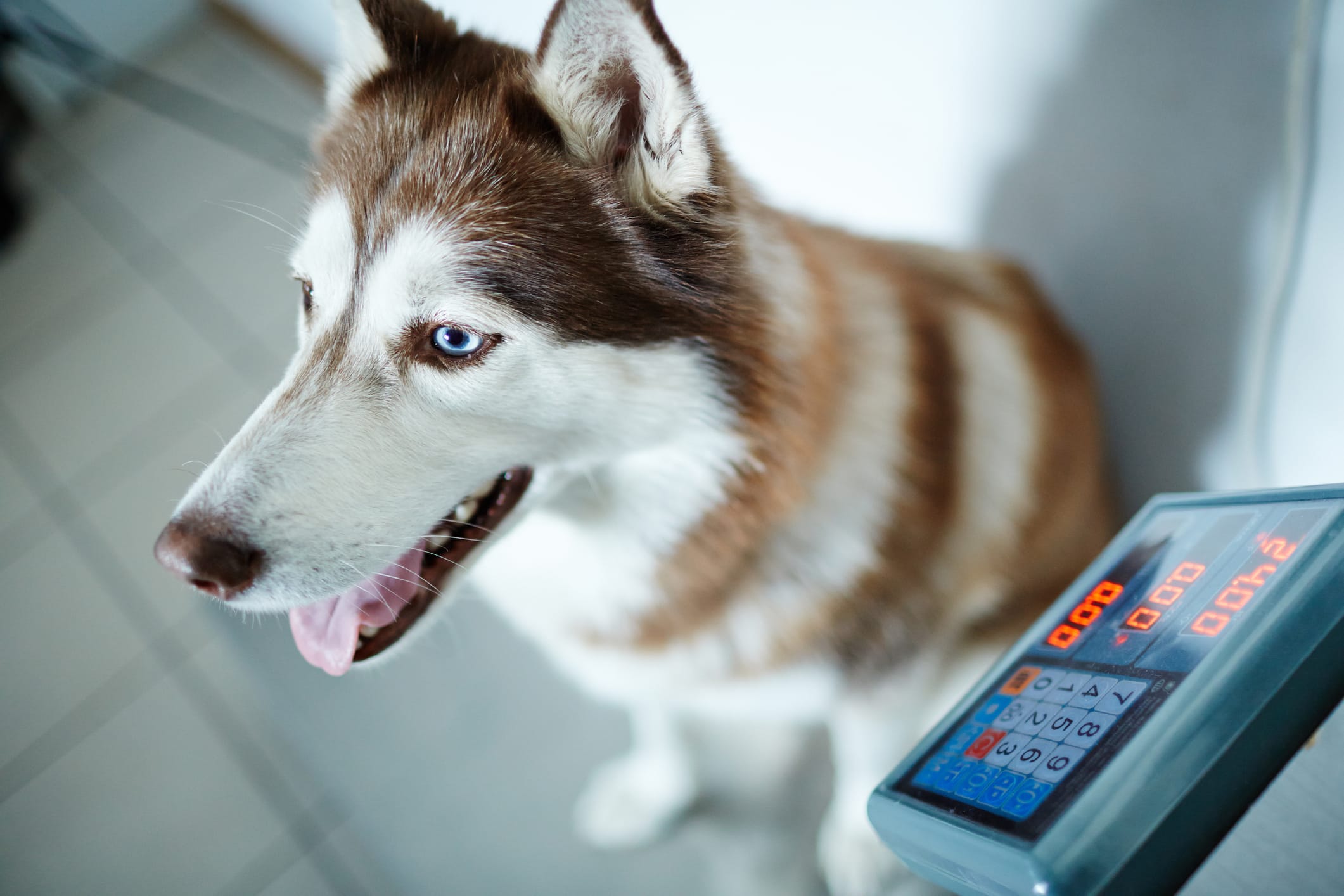 Dog Weight Management: Gaining and Losing Pounds Safely
Dog Weight Management: Gaining and Losing Pounds Safely
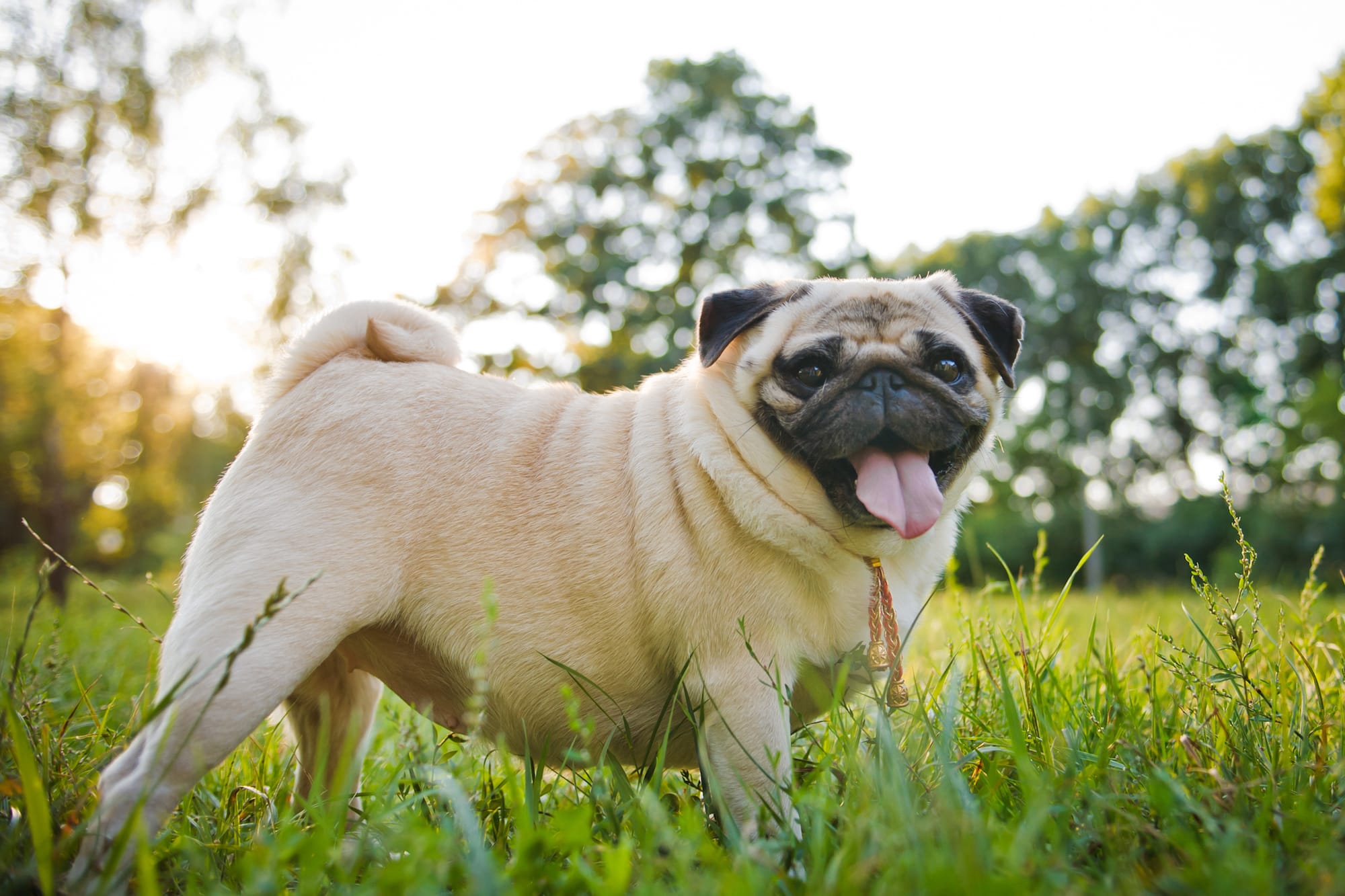 The Right Weight Loss Diet for Your Dog
The Right Weight Loss Diet for Your Dog
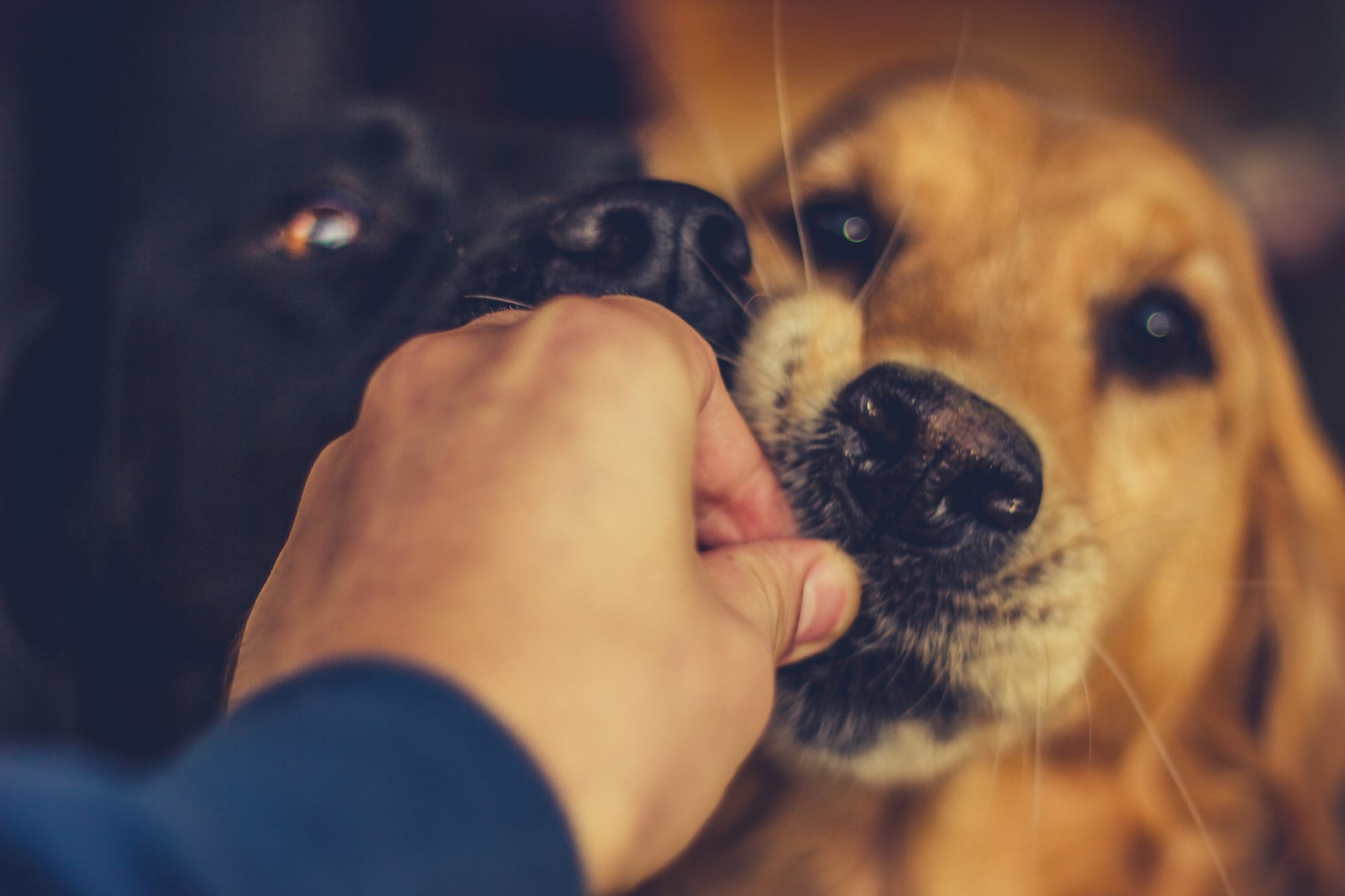 Ways to Help My Resource Guarding Dog at Mealtime
Ways to Help My Resource Guarding Dog at Mealtime
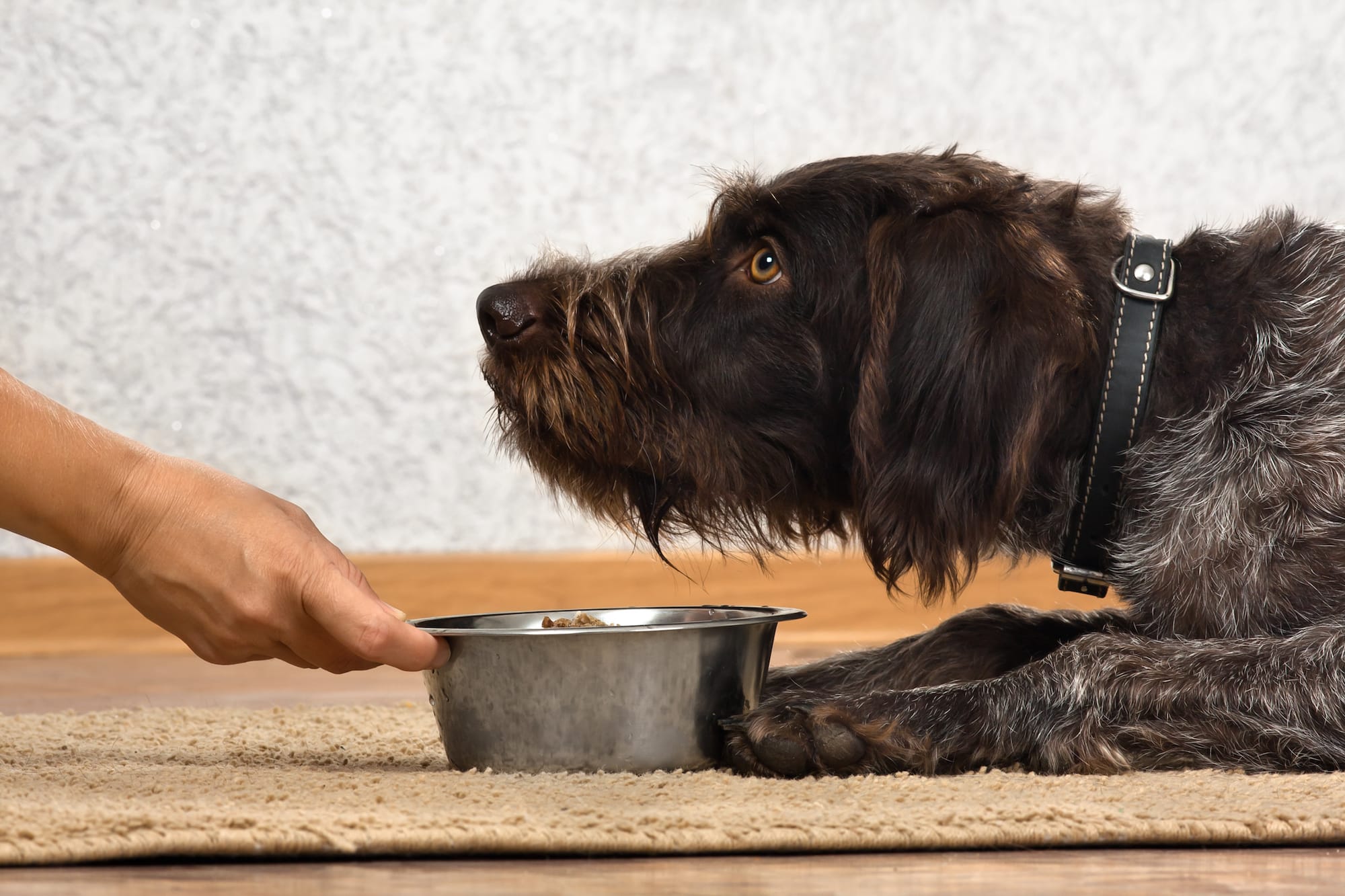 Dog Food Types & Cost Comparison
Dog Food Types & Cost Comparison